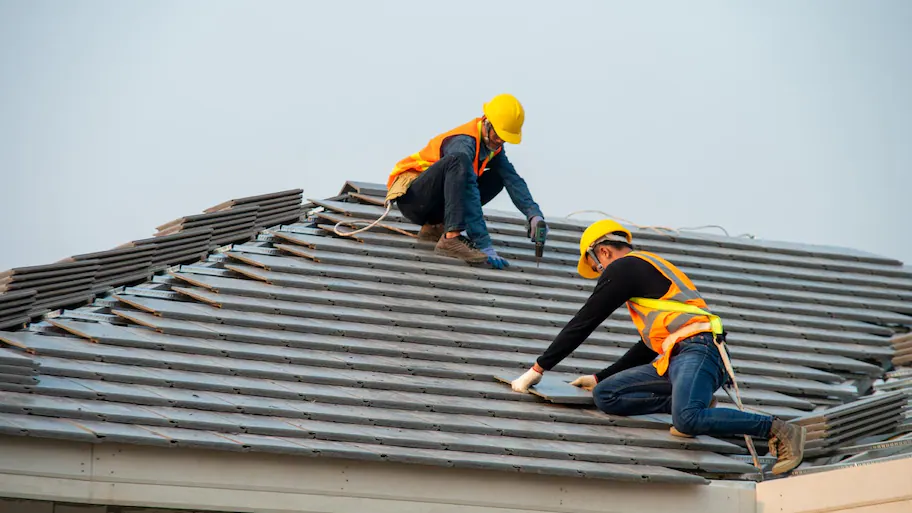Is your roof showing signs of wear and tear? As a homeowner, it’s crucial to recognize when your roof might need replacement to avoid potential damage to your home’s interior and structural integrity. Here are seven telltale signs that indicate it might be time to pay for roof replacement.
1. Age of the Roof: The age of your roof is a significant factor in determining whether it needs replacement. Most roofs are designed to last between 20 to 25 years, depending on the material used. If your roof is approaching or has surpassed this age range, it’s wise to consider replacement even if it appears to be in decent condition.
2. Missing or Damaged Shingles: Walk around your property and inspect the roof from ground level. Look for missing or damaged shingles, which can expose the underlying structure to water damage and deterioration. Shingles that are cracked, curled, or buckling are also signs of potential roof issues that may require replacement.
3. Leaks or Water Damage: A leaking roof is a clear indicator that immediate attention is needed. Check for water stains on your ceiling or walls, especially after heavy rainfall. Even small leaks can lead to significant water damage over time, compromising the integrity of your home’s structure and potentially causing mold growth.
4. Sagging Roof Deck: If you notice a sagging or drooping roof deck when you’re in the attic, it’s a serious sign of structural damage. A sagging roof deck indicates that moisture has weakened the roof’s underlying support system, which can pose safety risks and requires prompt replacement to prevent further deterioration.
5. Granules in the Gutters: Check your gutters for an accumulation of granules from asphalt shingles. Over time, shingles lose more granules as they age, and excessive granule loss indicates that the shingles are nearing the end of their lifespan. This can compromise the roof’s ability to protect your home from the elements and necessitates considering roof replacement.
6. Mold or Moss Growth: Inspect your roof for the presence of mold, moss, or algae growth, especially in shaded or damp areas. These organisms thrive in moist environments and can weaken the roof’s structure over time. While cleaning and maintenance can help mitigate the growth, persistent issues may require roof replacement to address underlying moisture problems.
7. Energy Efficiency Concerns: An aging or damaged roof can impact your home’s energy efficiency. If you notice an increase in heating or cooling costs despite consistent energy usage, it could be due to poor insulation or ventilation caused by a deteriorating roof. Upgrading to a new, energy-efficient roof can help reduce utility bills and improve comfort levels indoors.
When considering roof replacement, it’s essential to consult with a qualified roofing contractor to assess the condition of your roof thoroughly. They can provide expert guidance on whether repair or replacement is necessary based on the specific issues identified. Investing in a new roof not only enhances your home’s curb appeal and value but also ensures long-term protection against the elements and peace of mind for years to come.
In conclusion, paying attention to these seven telltale signs can help you determine whether it’s time to invest in roof replacement. By addressing roofing issues promptly, you can avoid costly repairs and protect your home from potential damage. Remember, your roof plays a vital role in safeguarding your family and belongings, so don’t delay in taking action when signs of roof deterioration become apparent.





